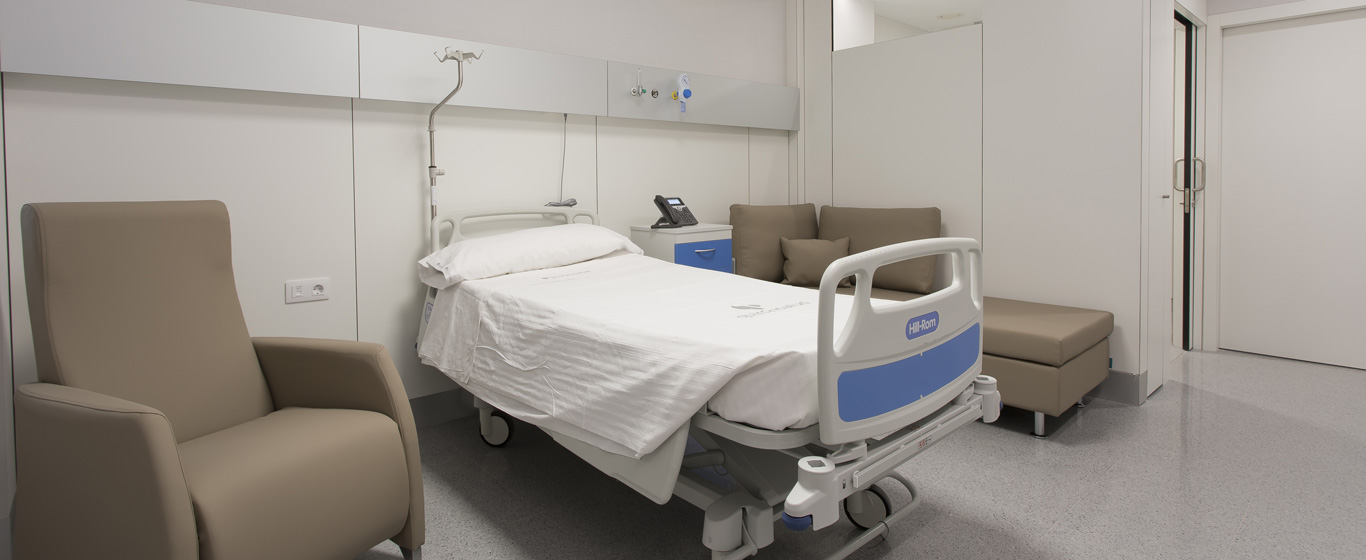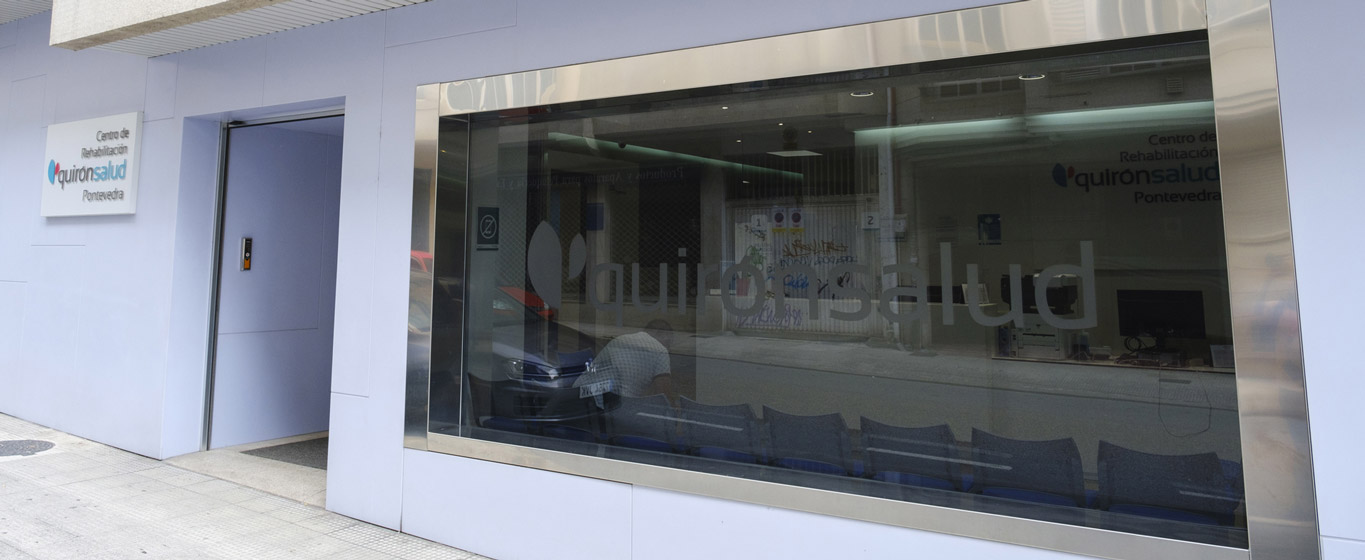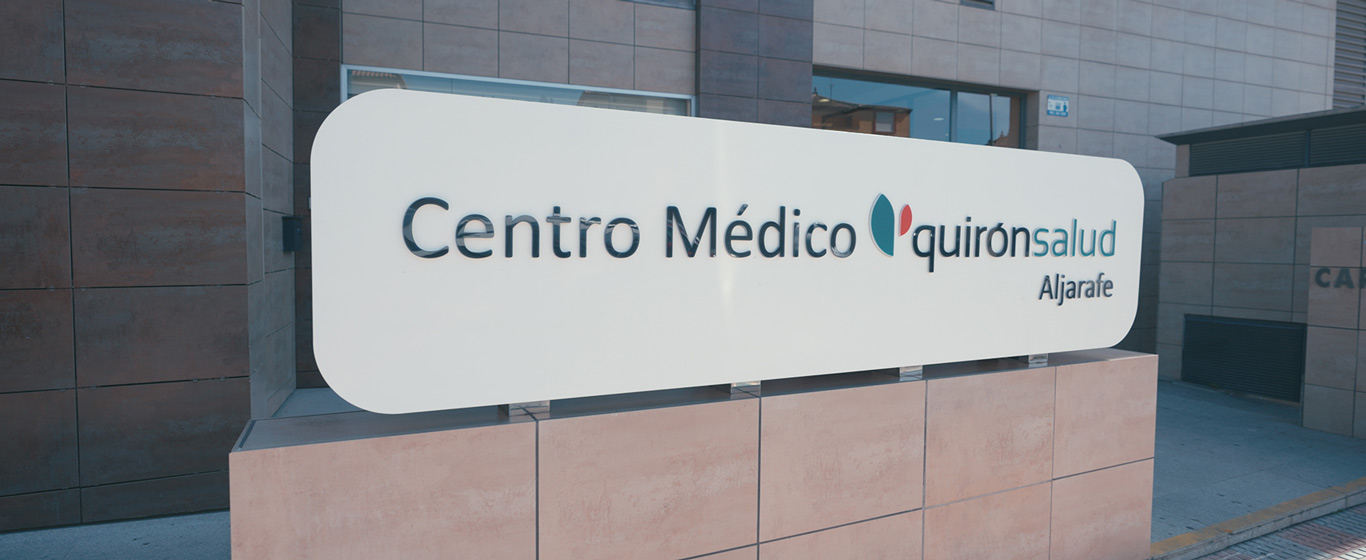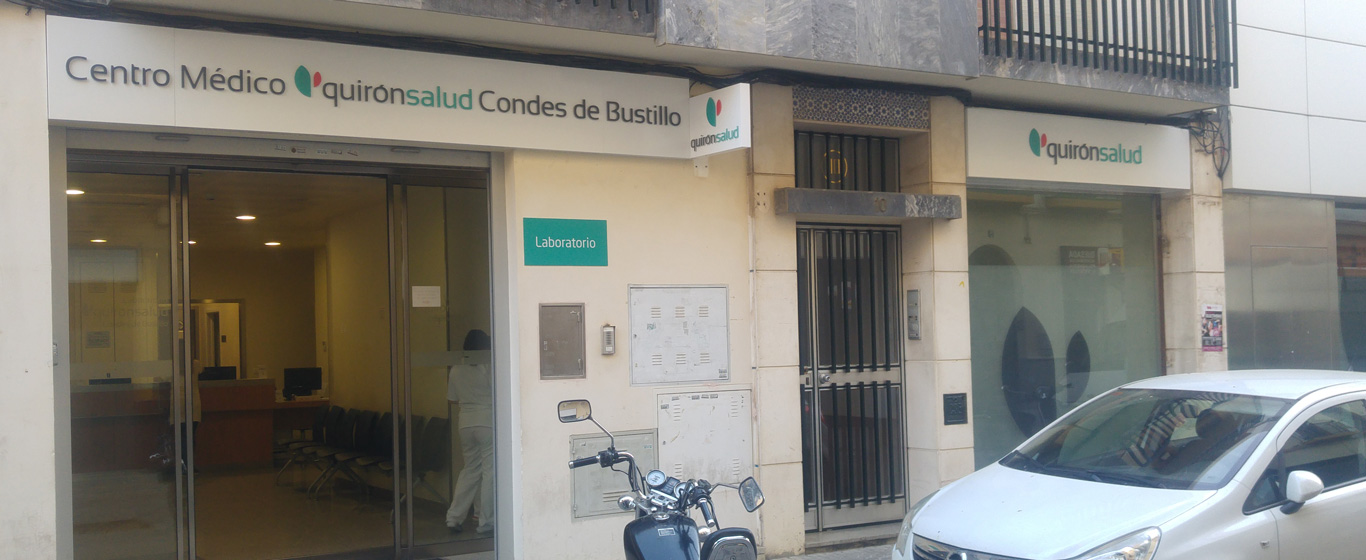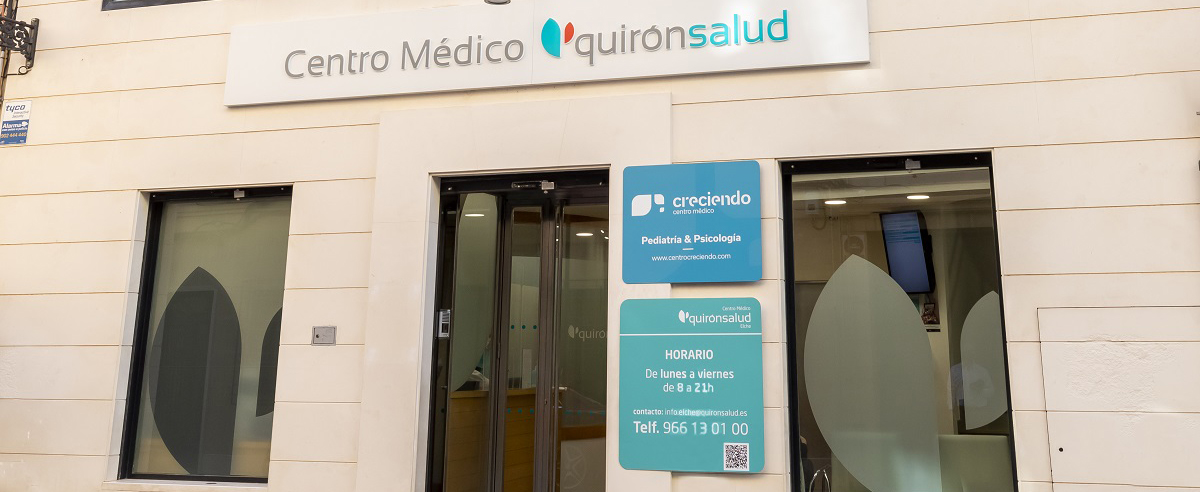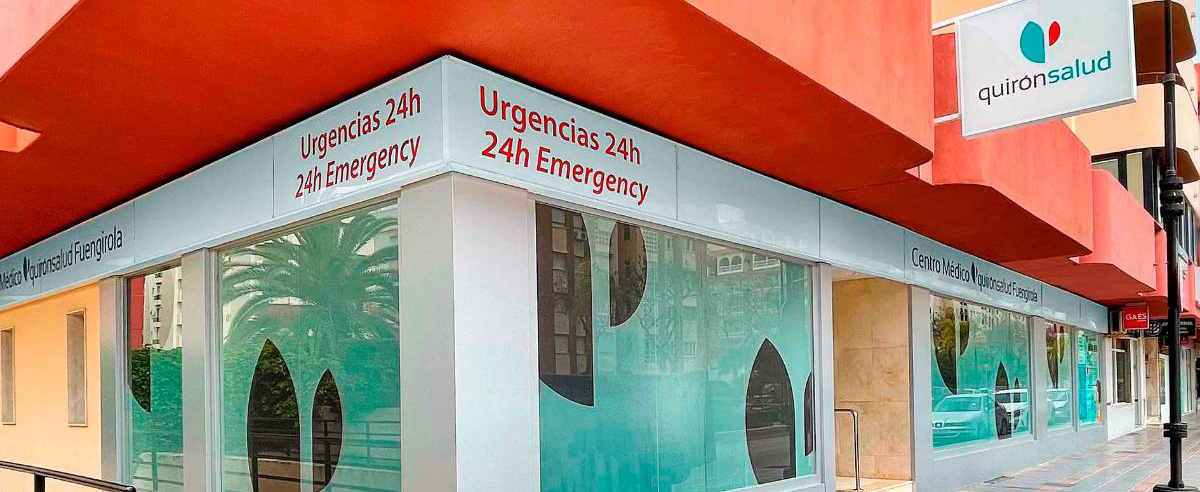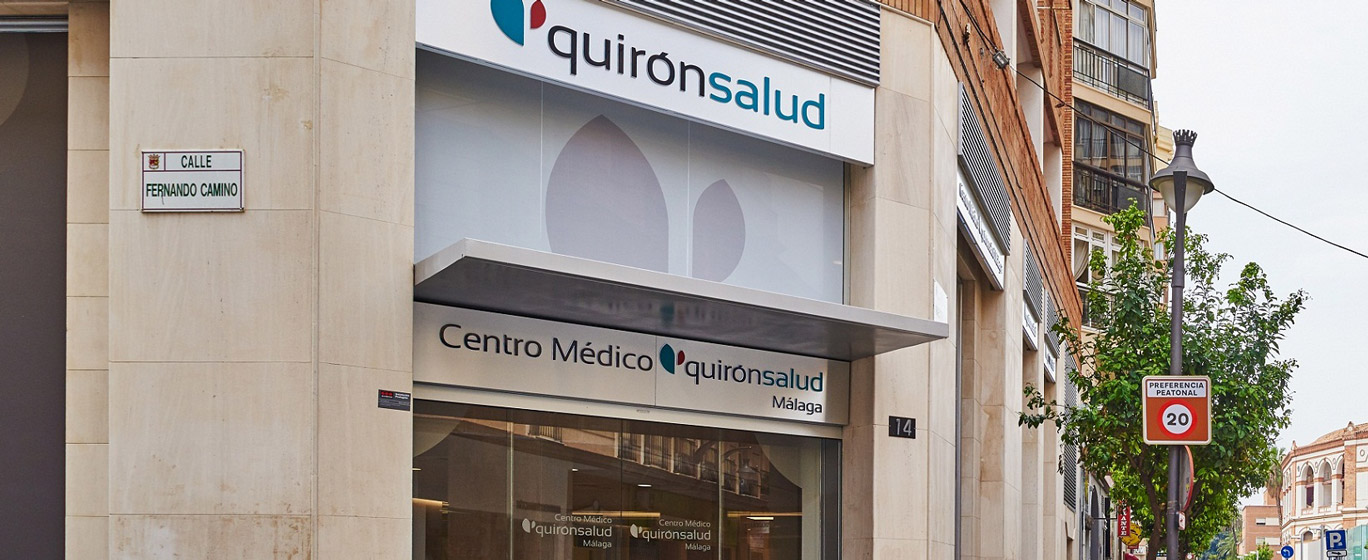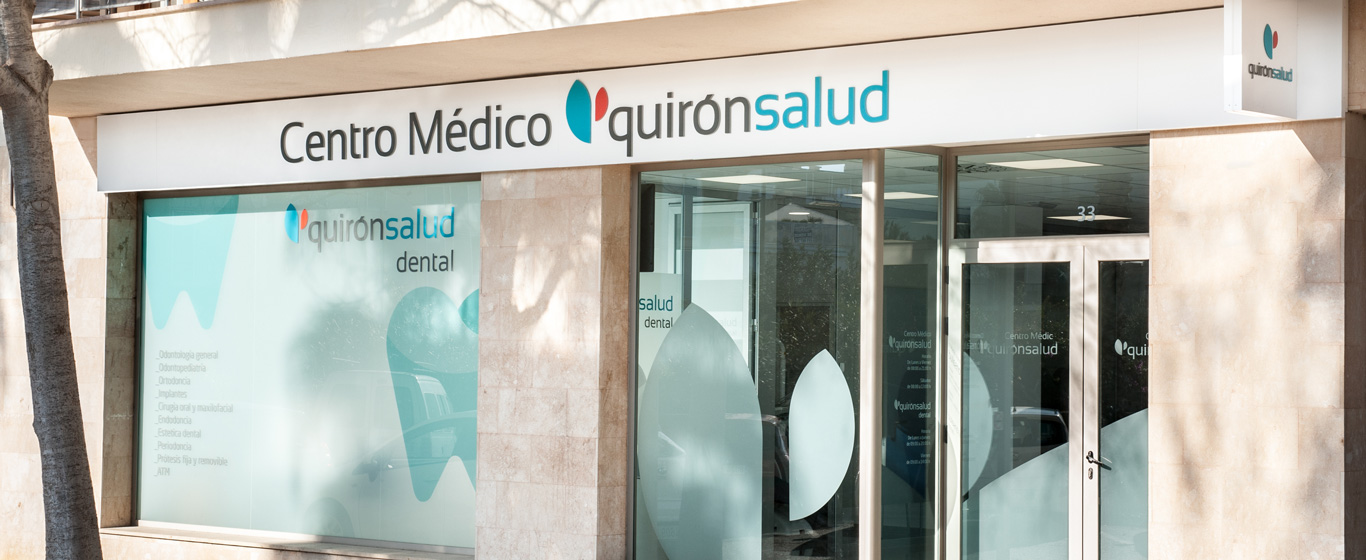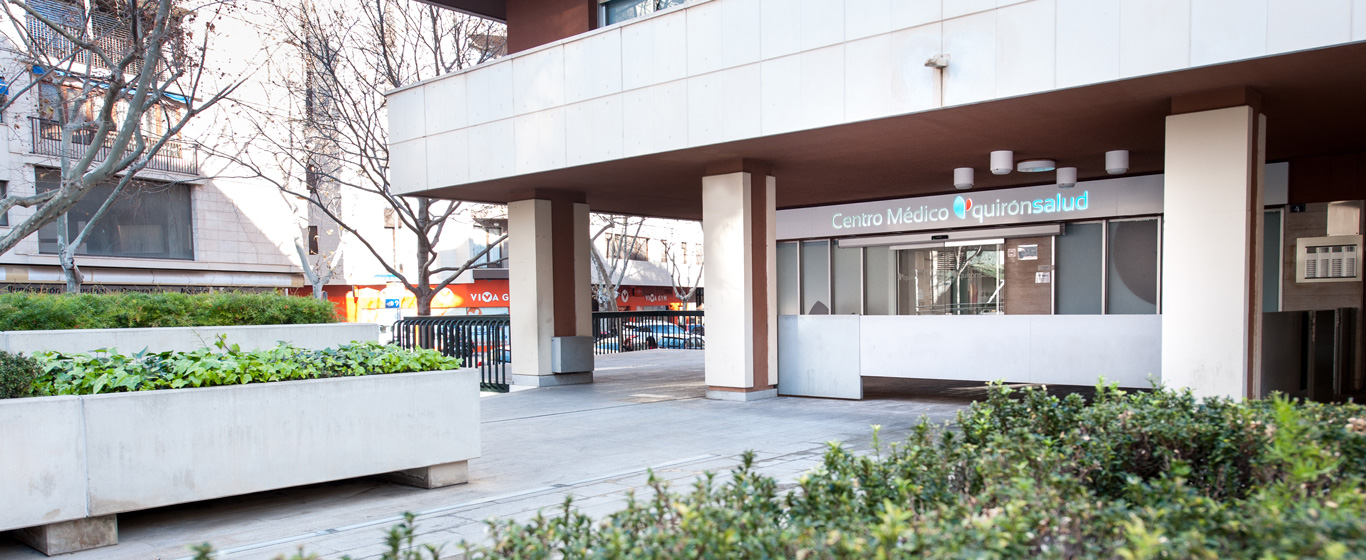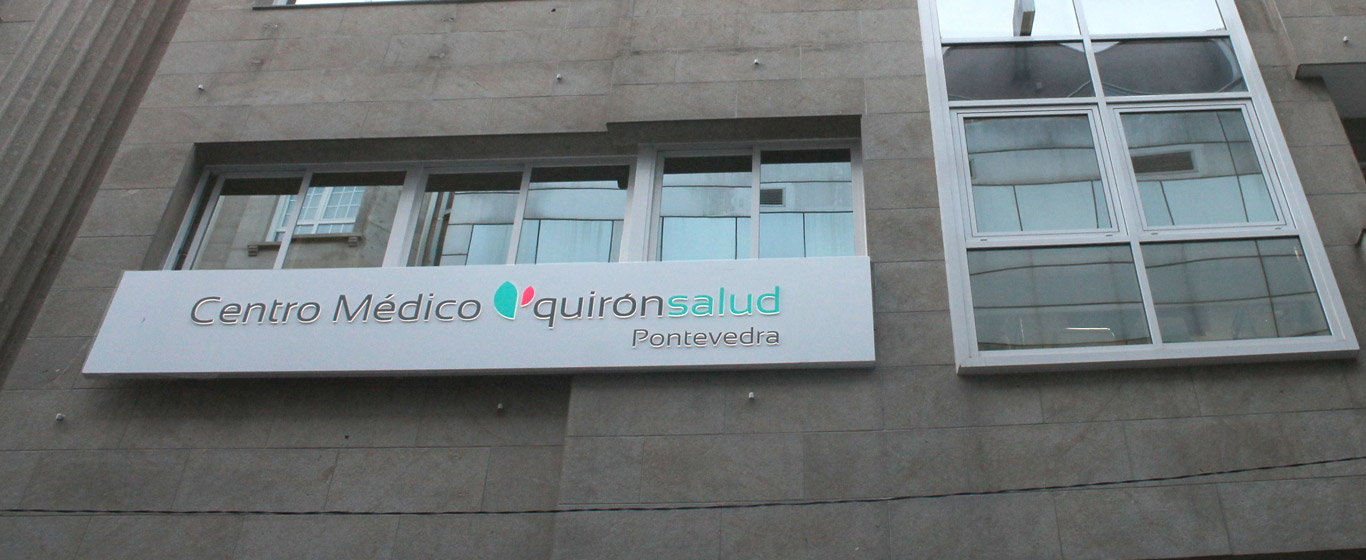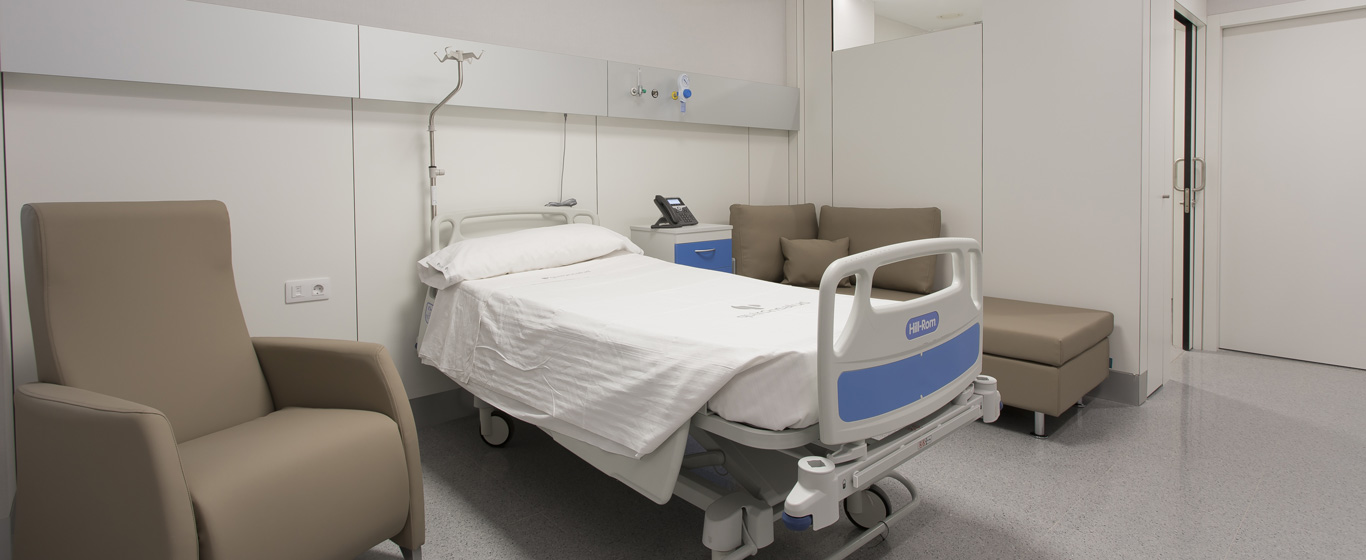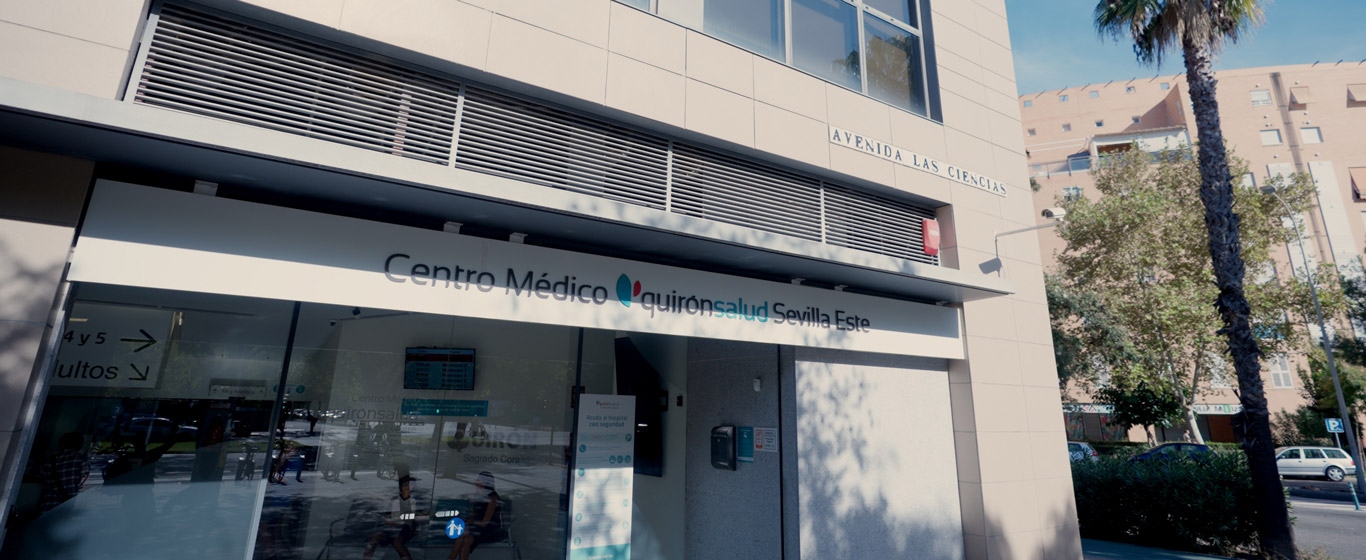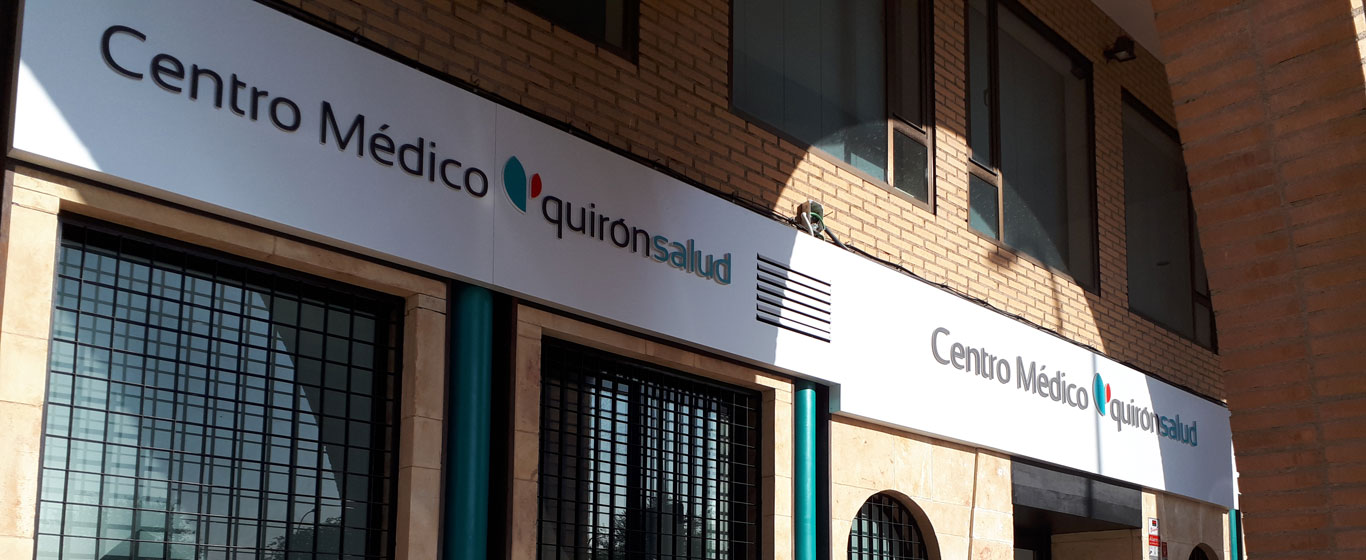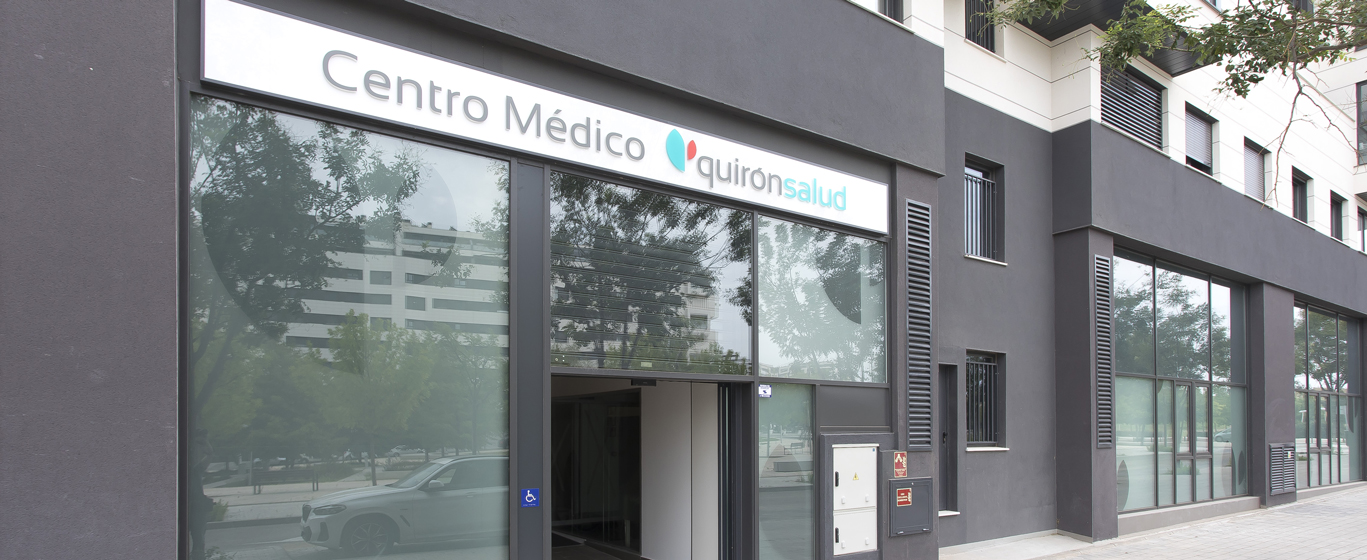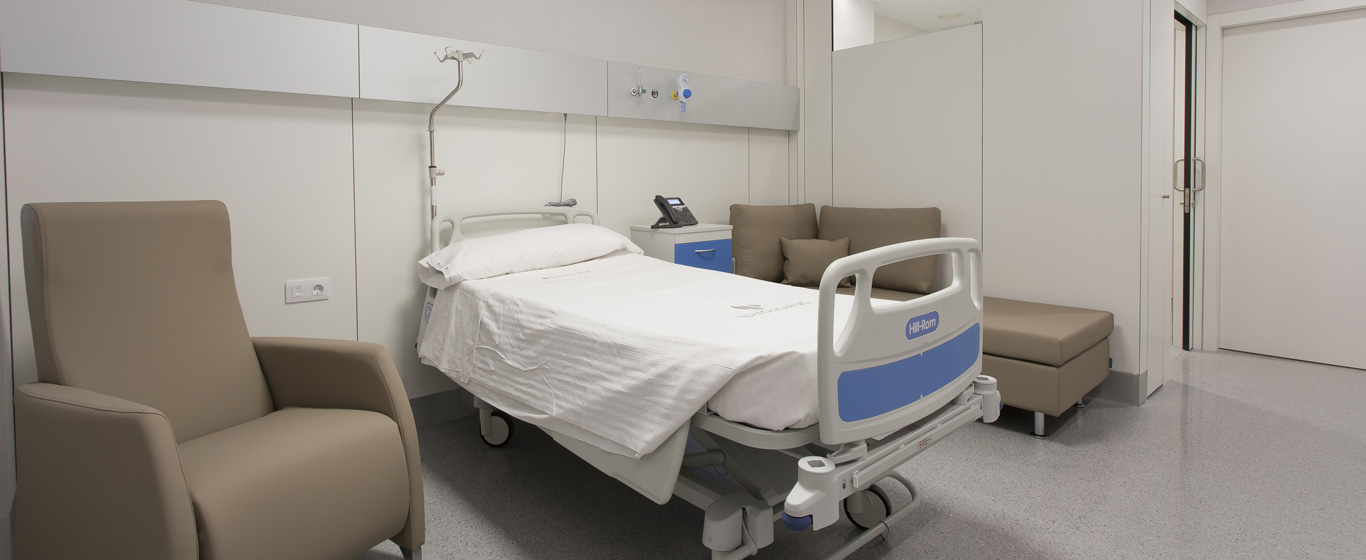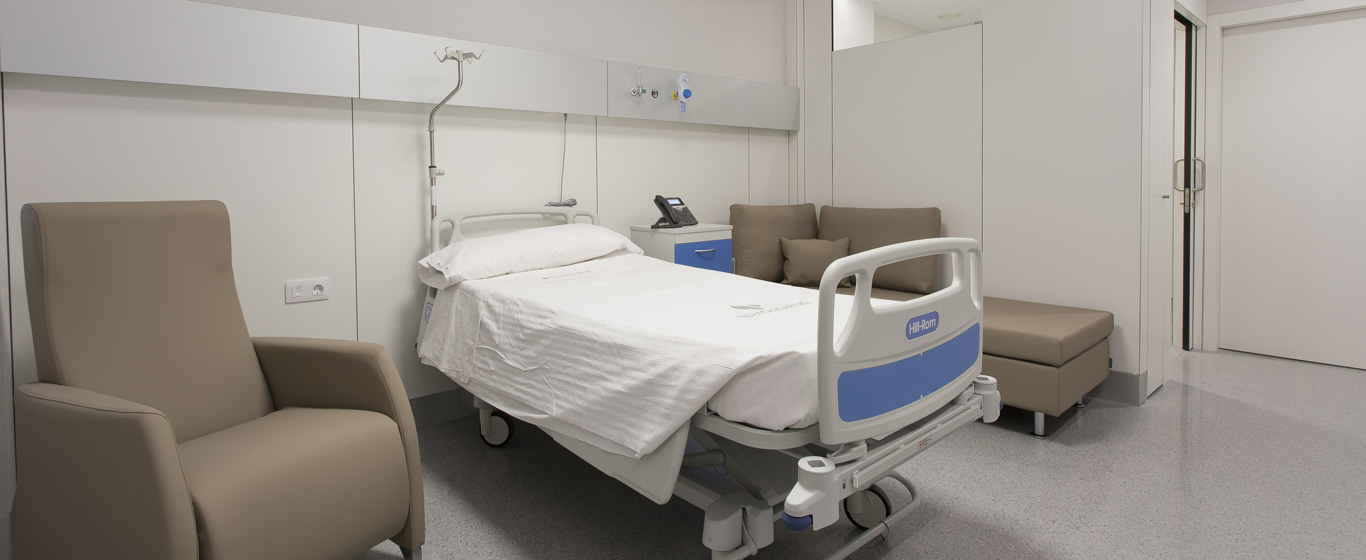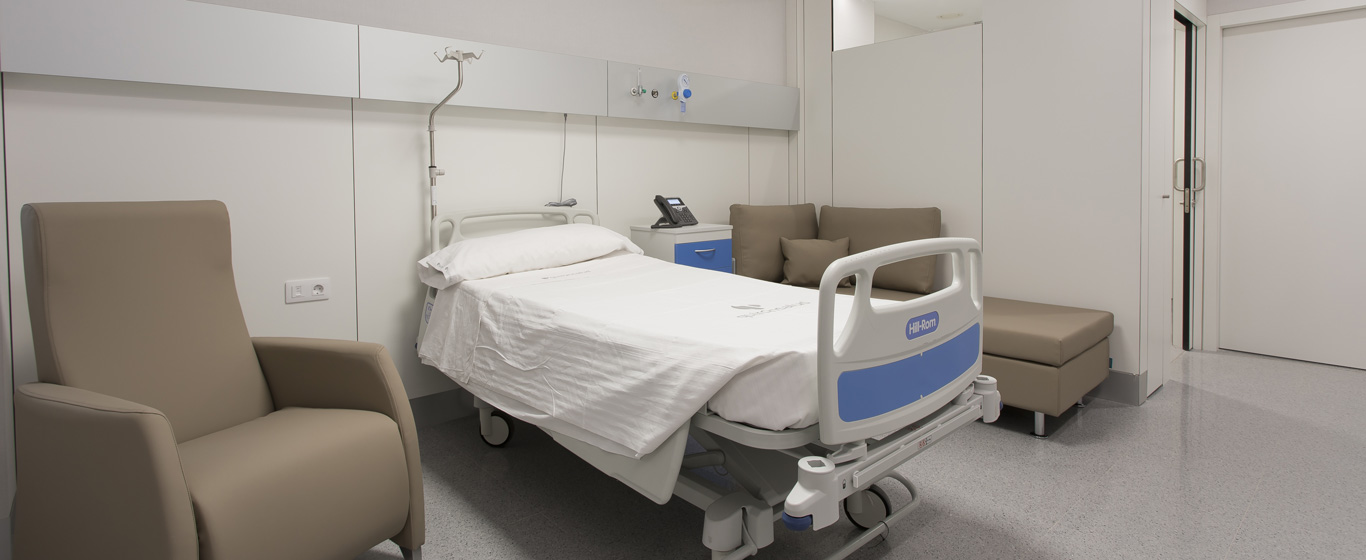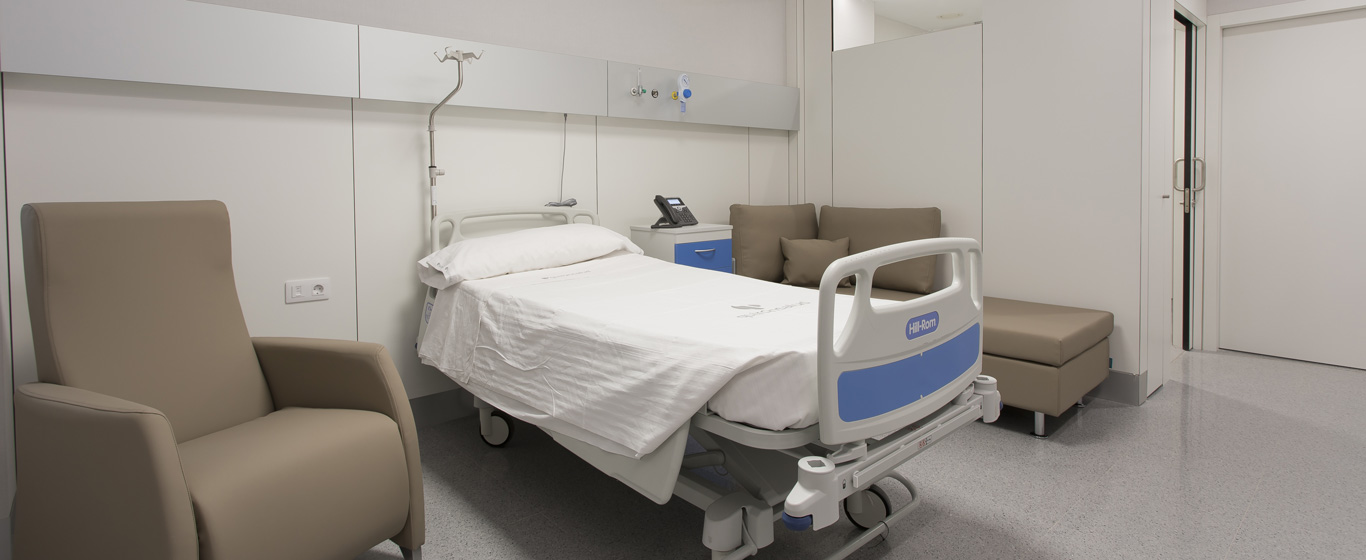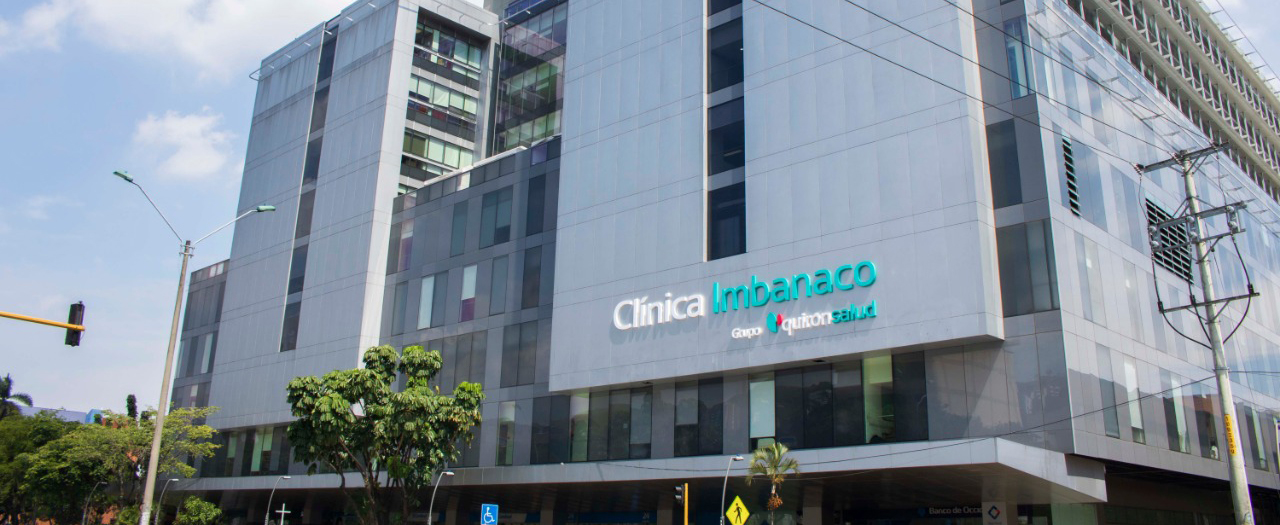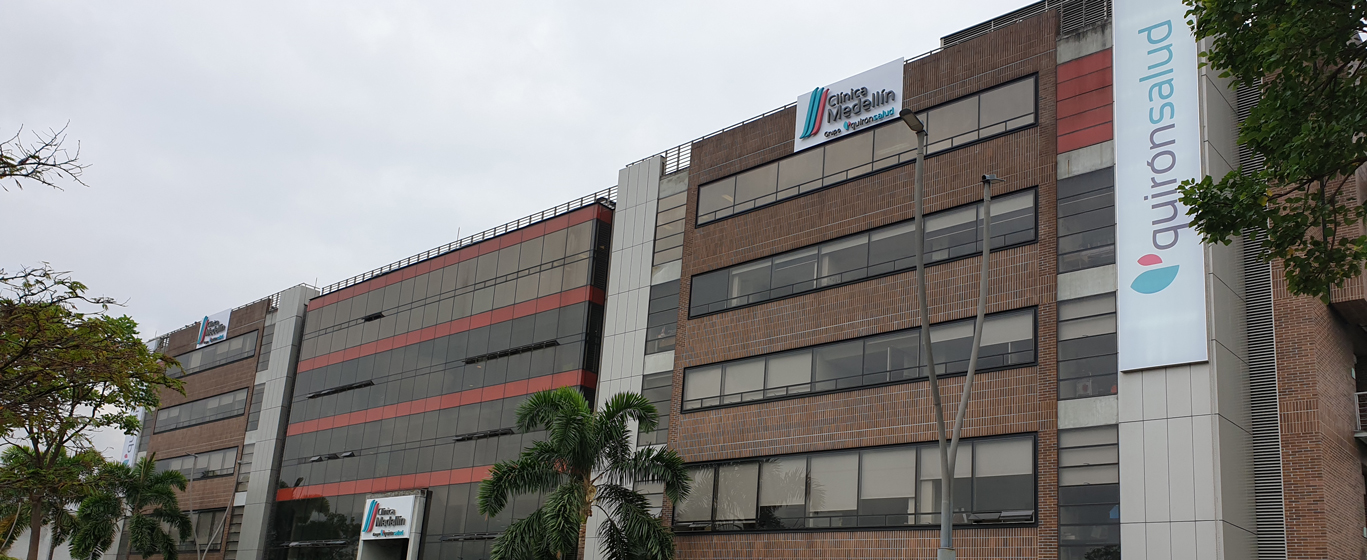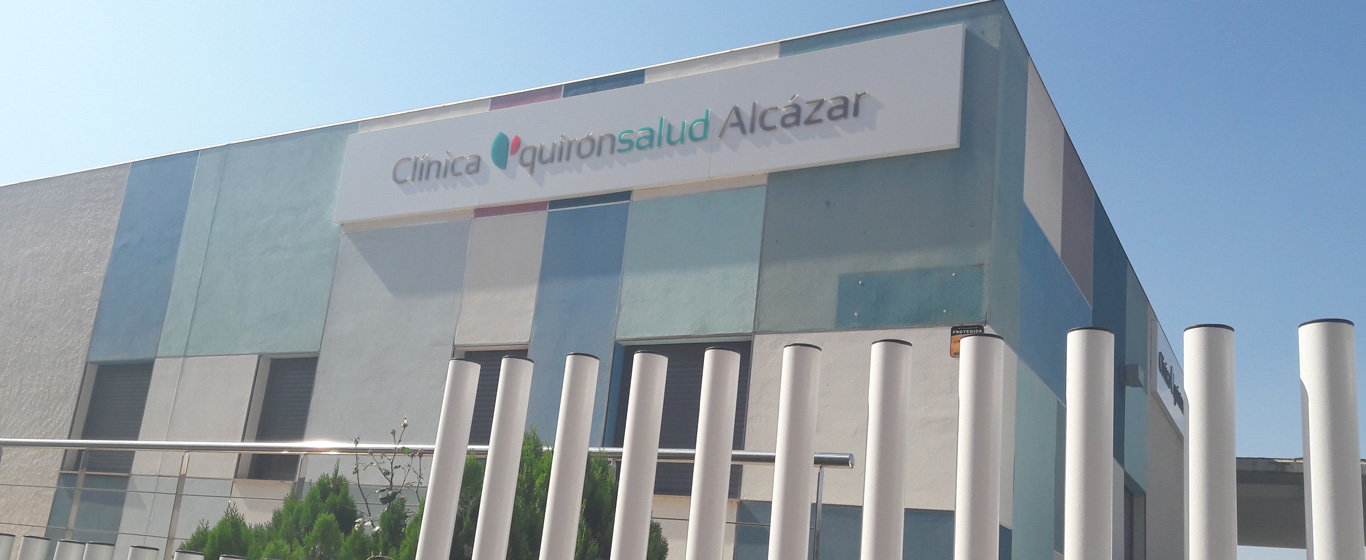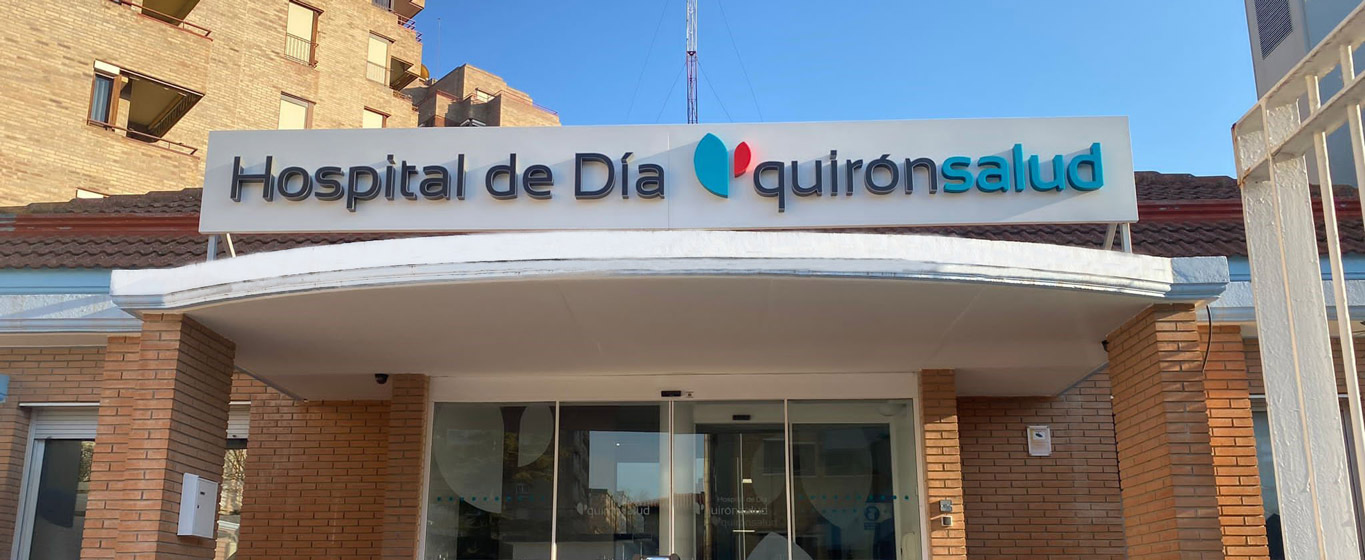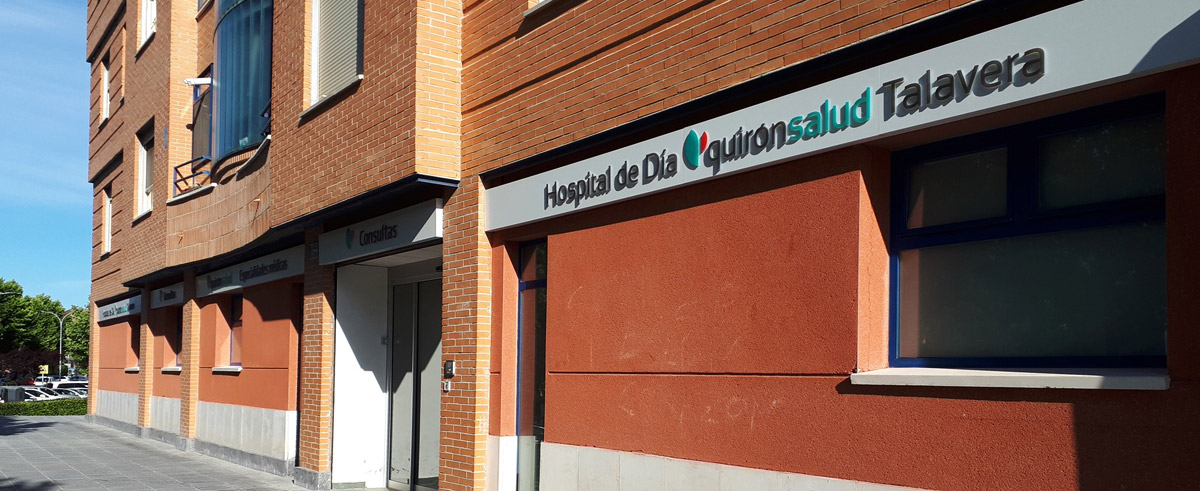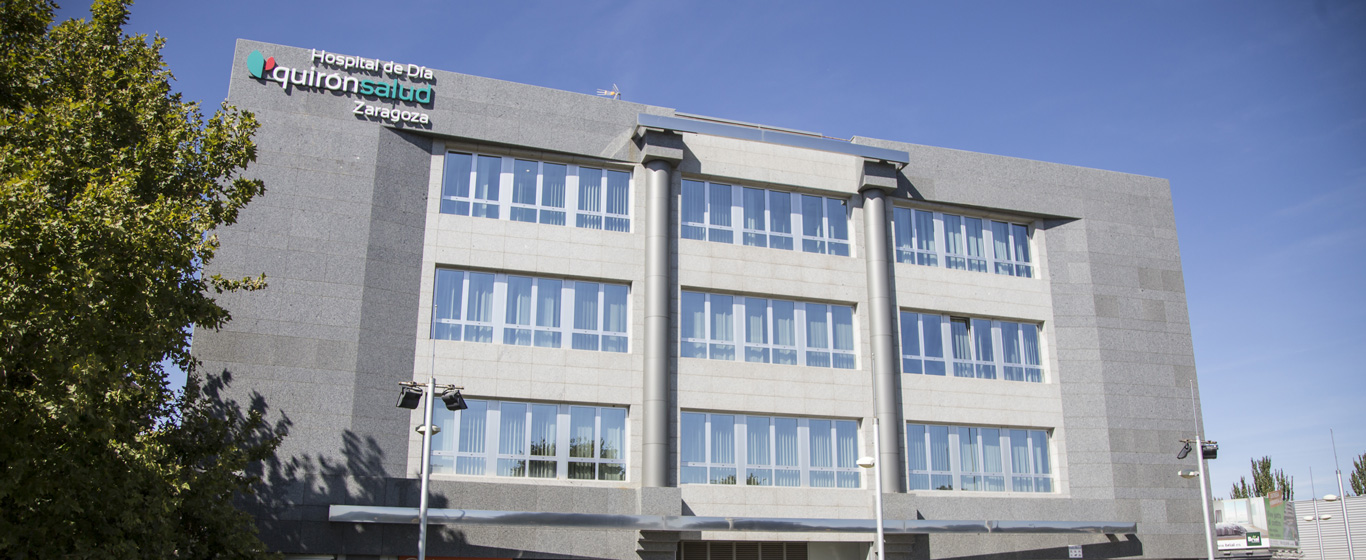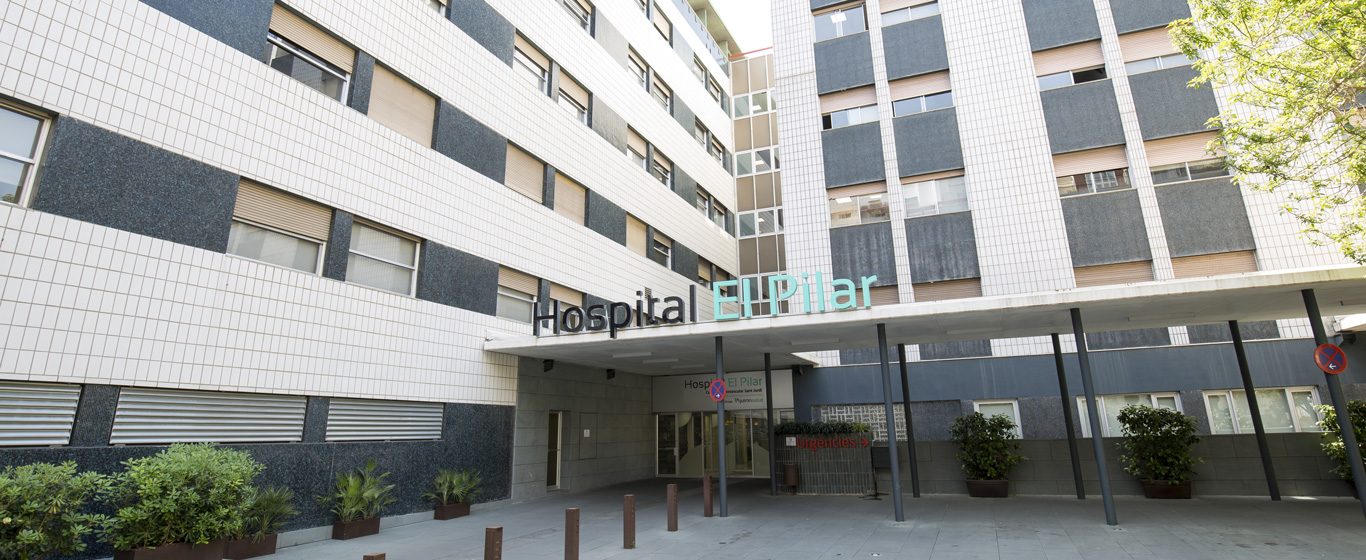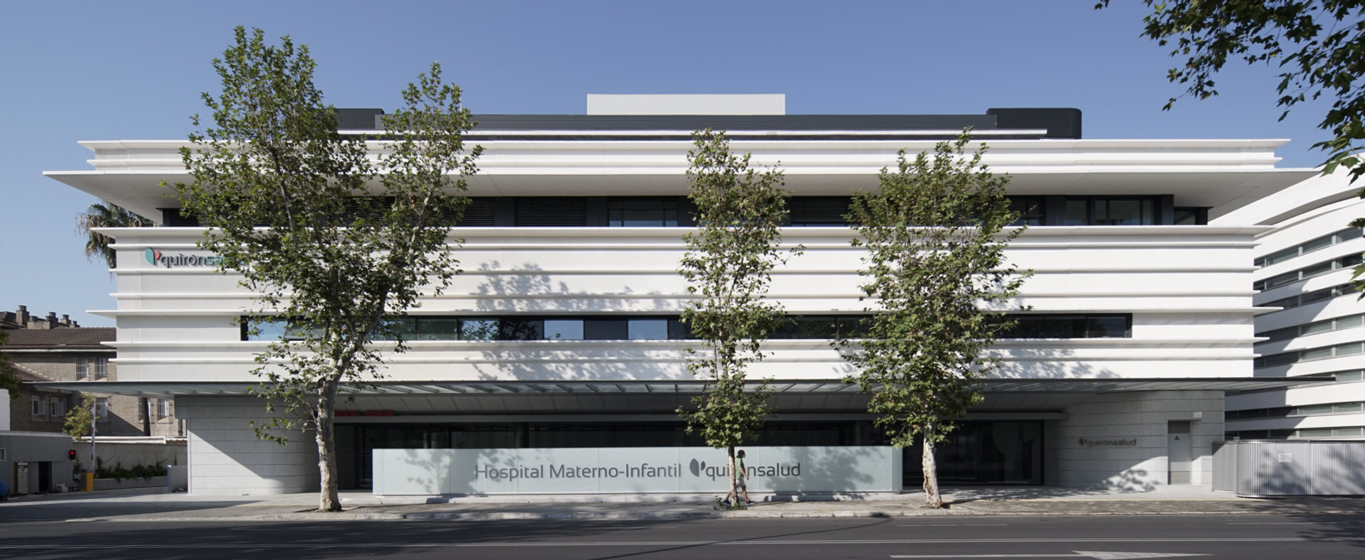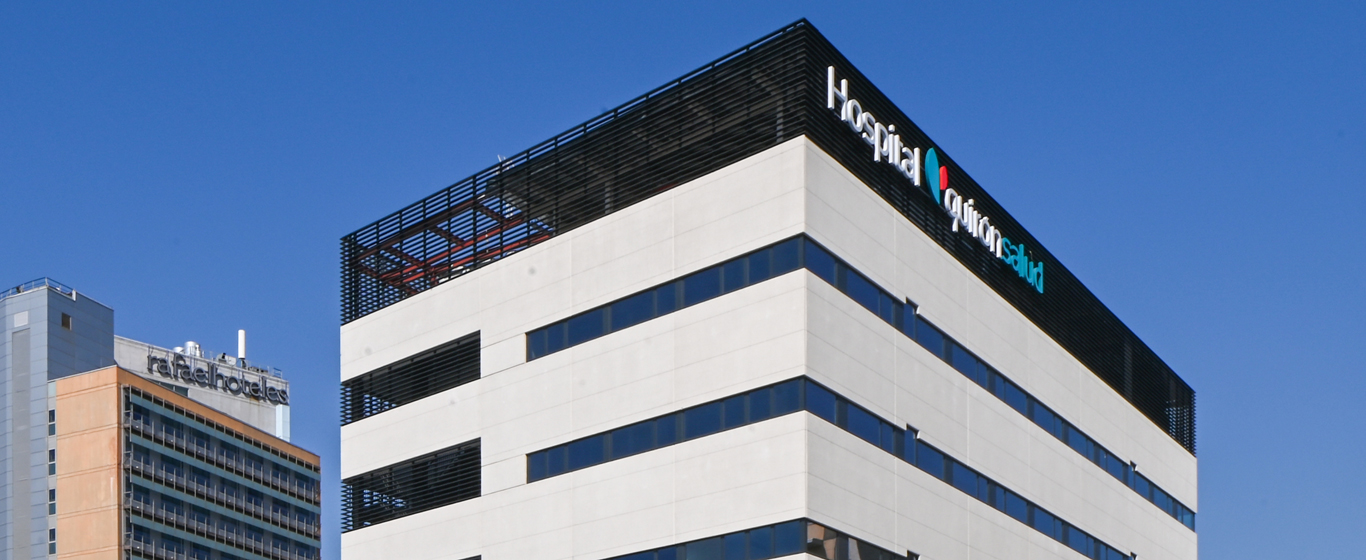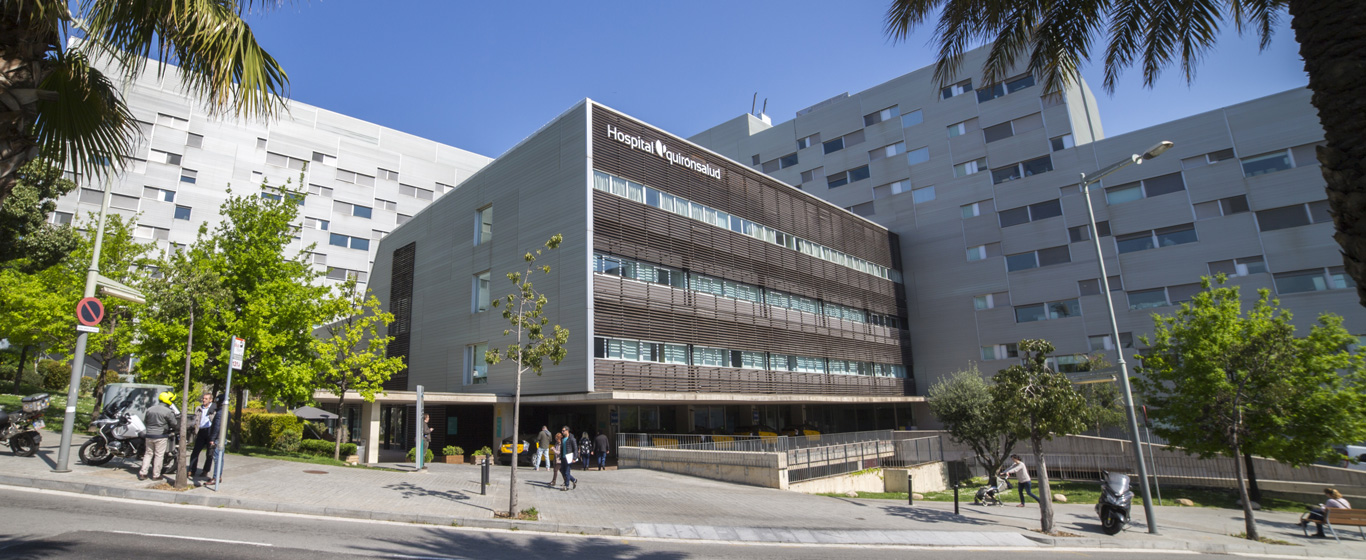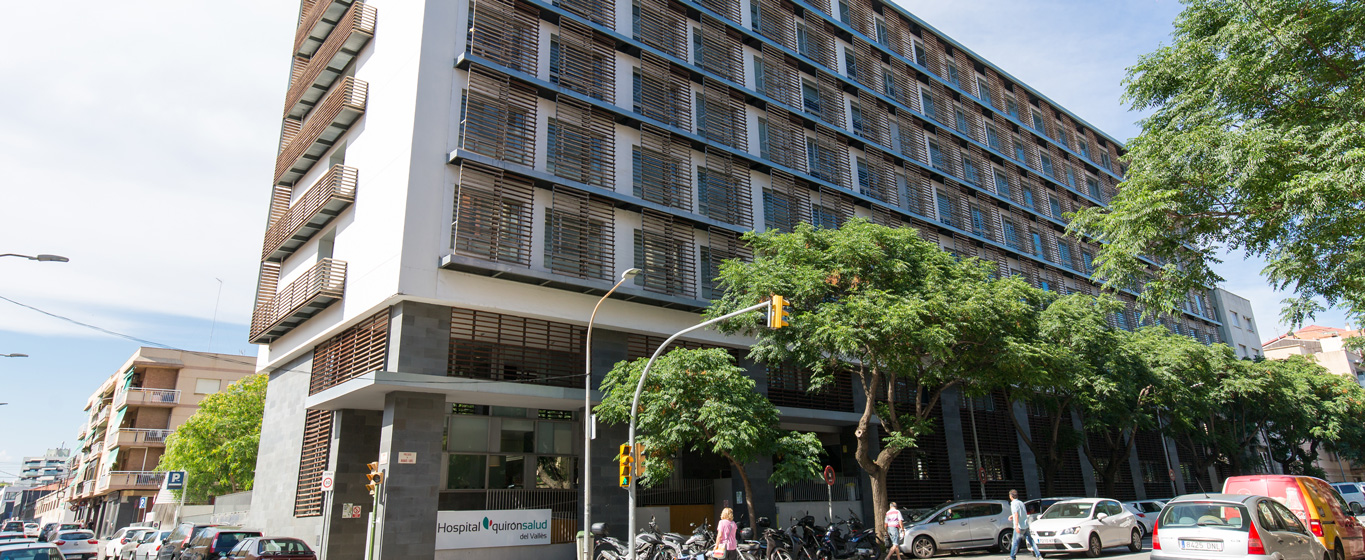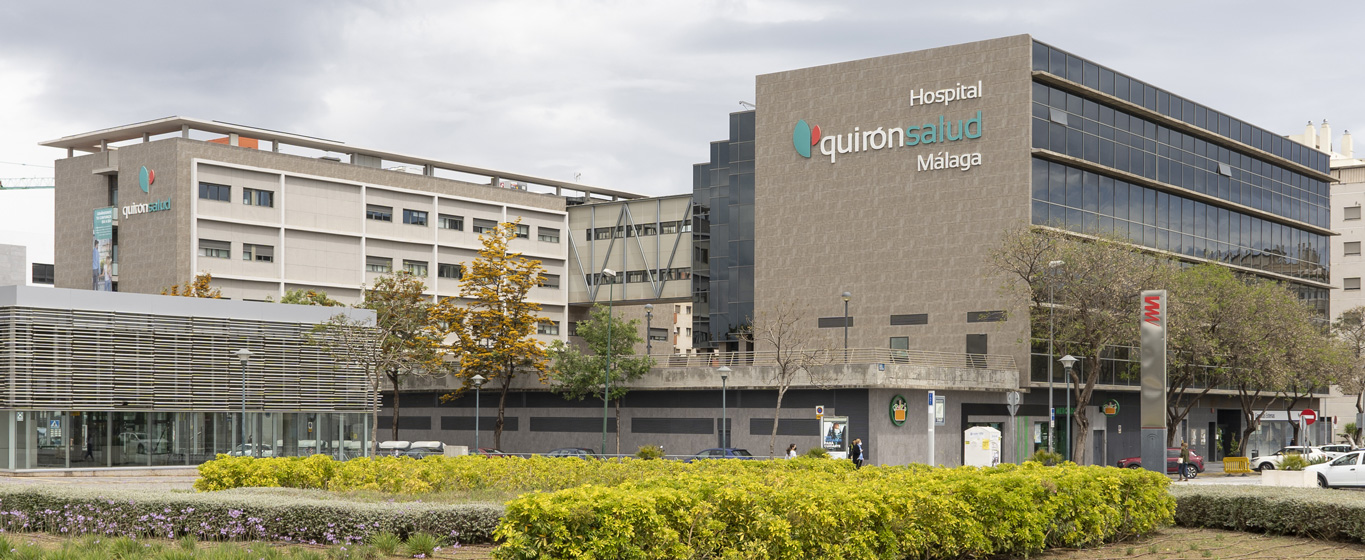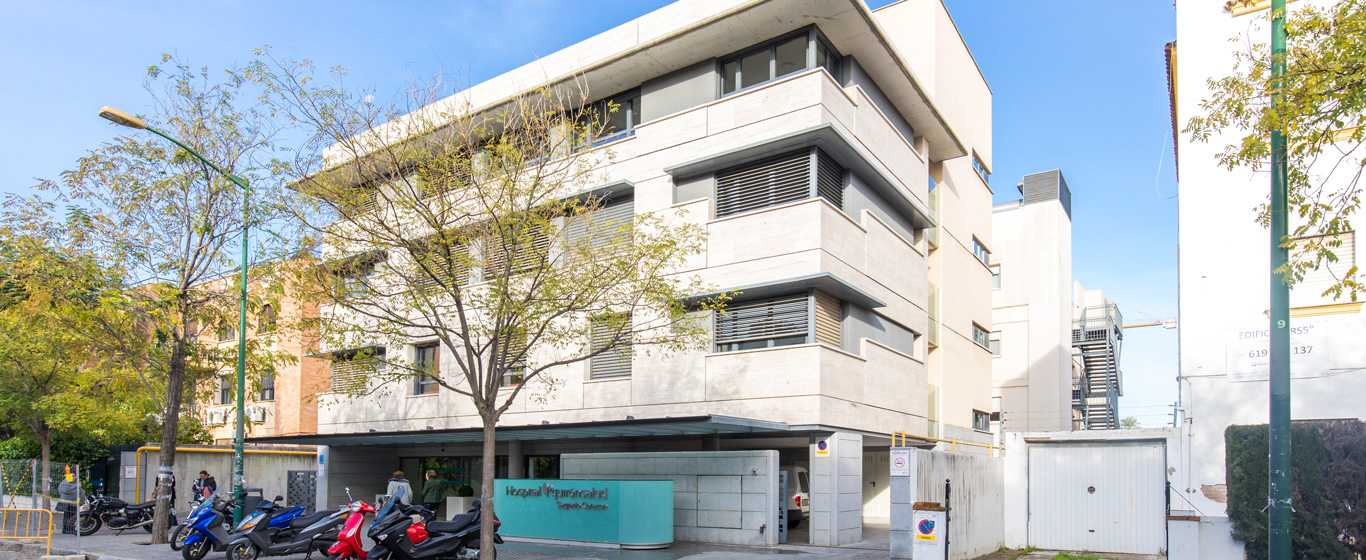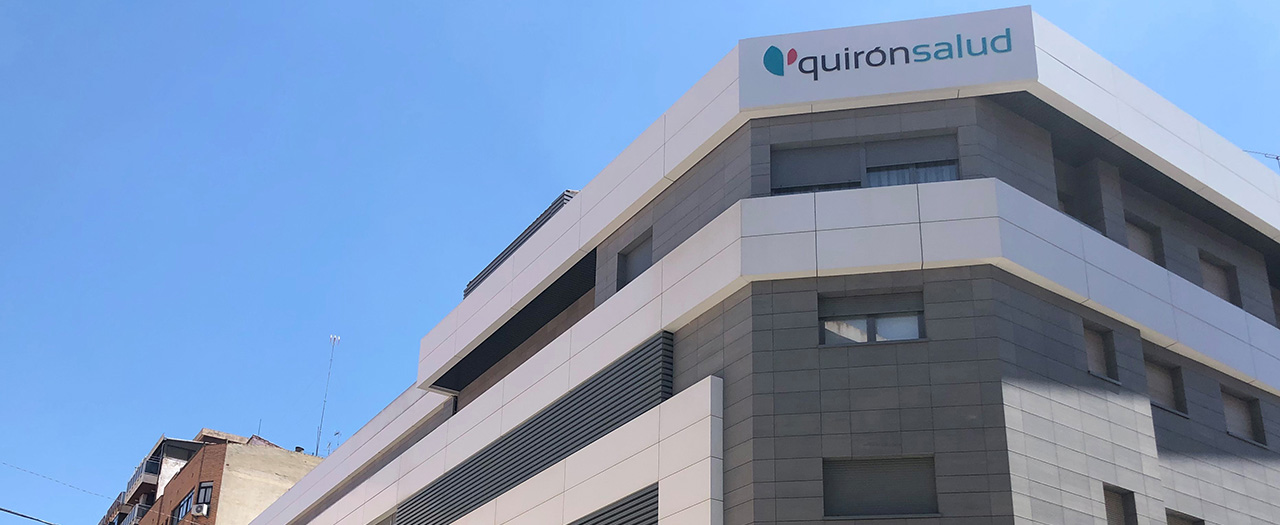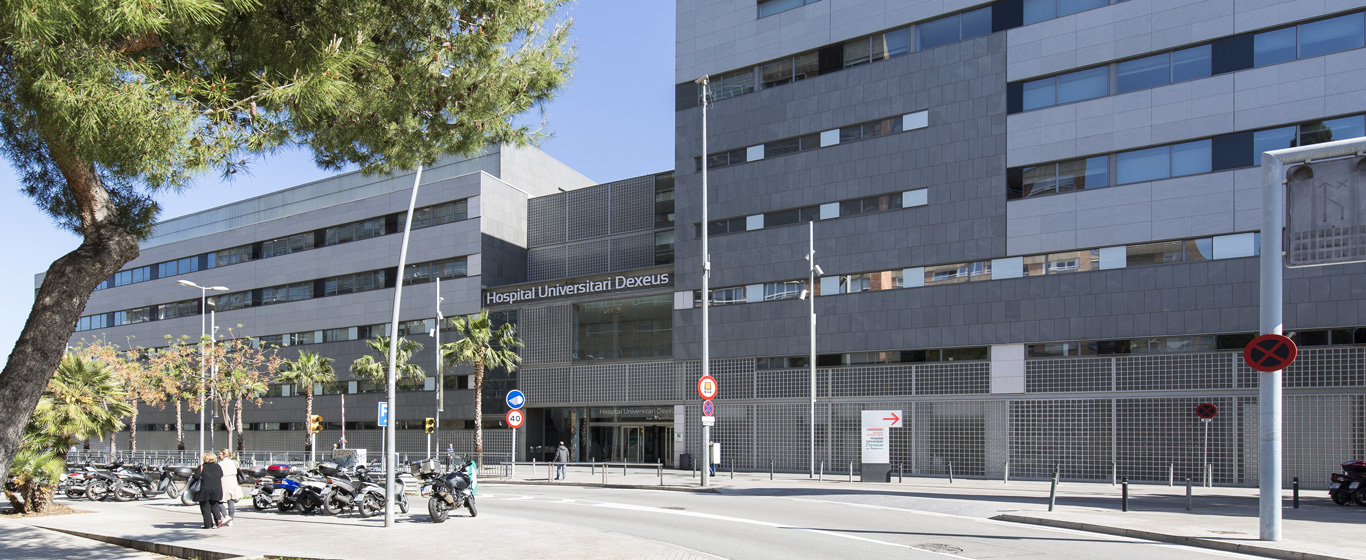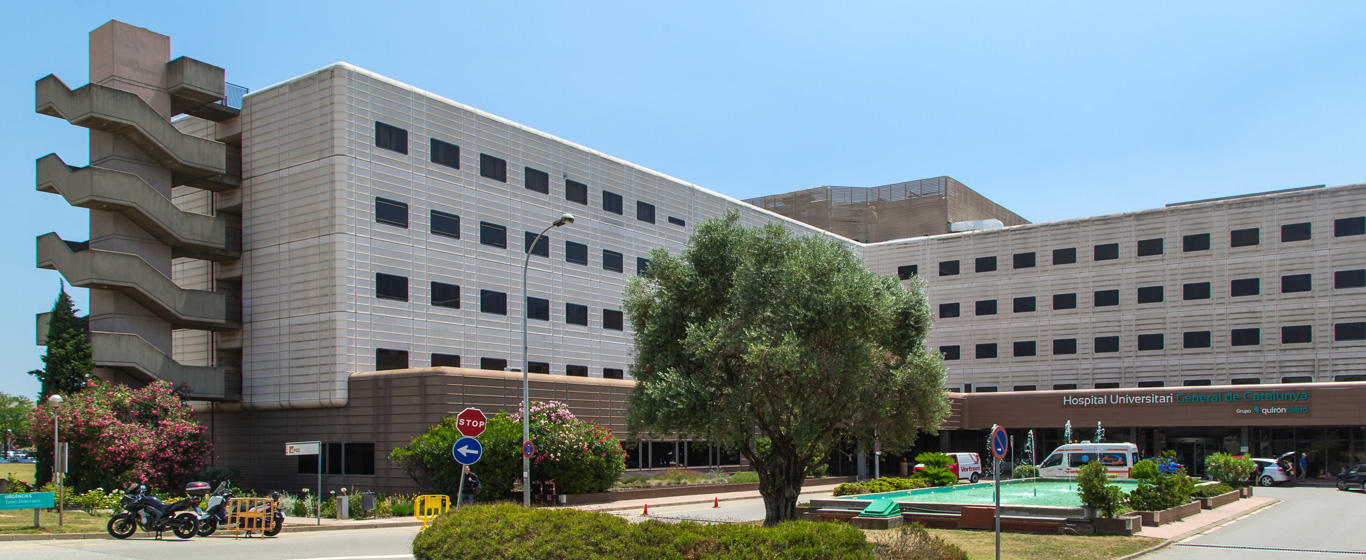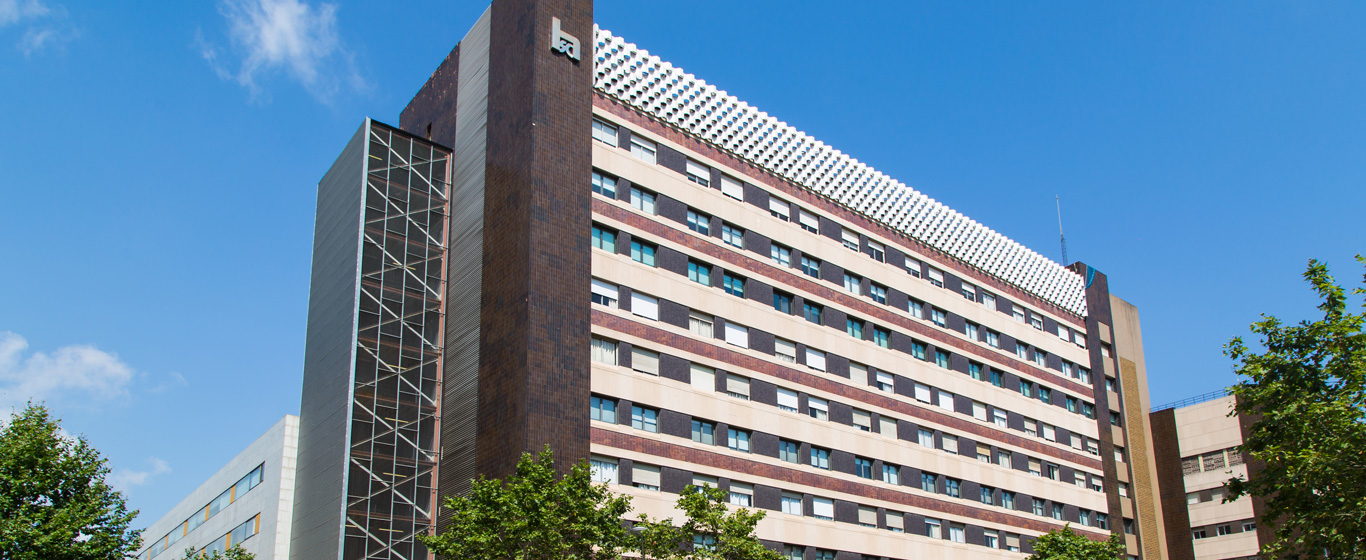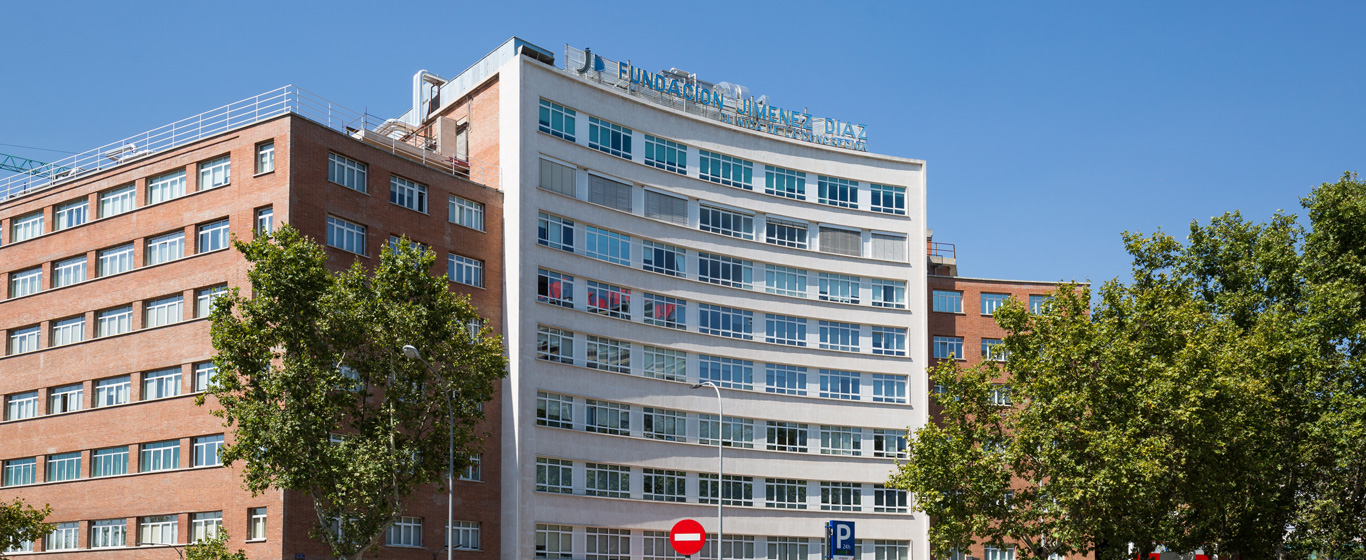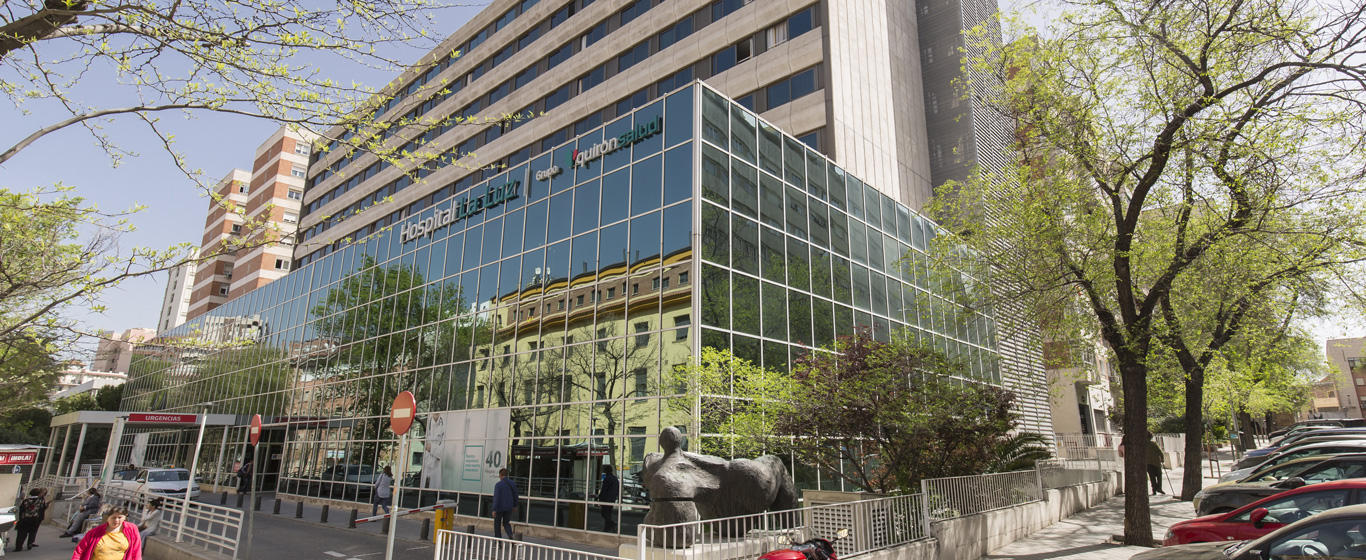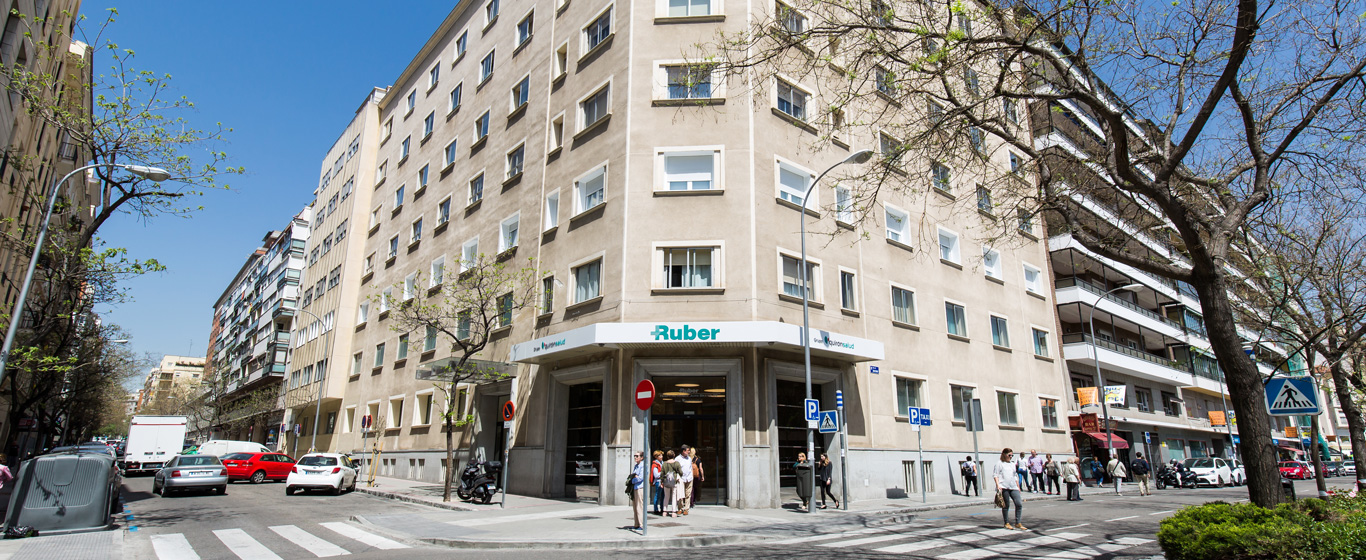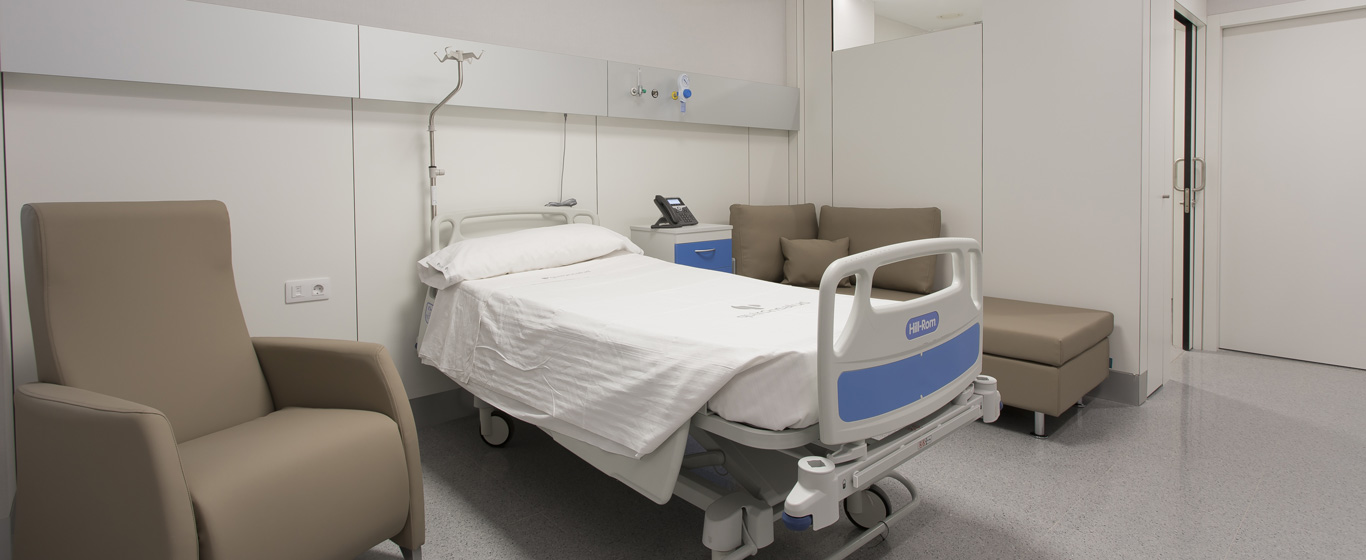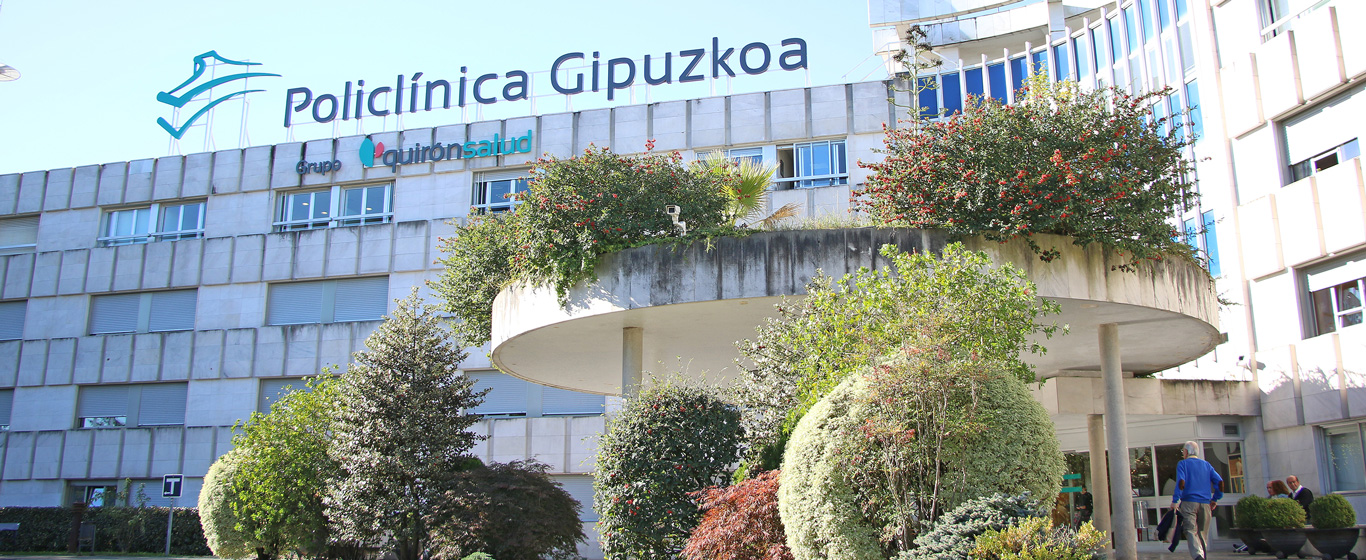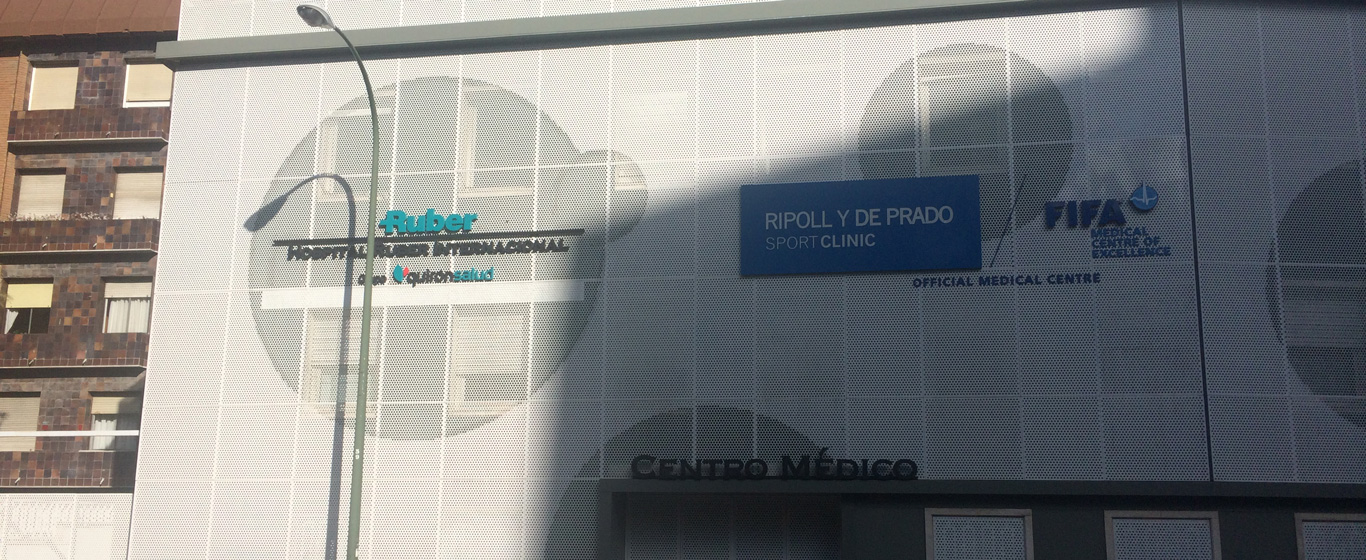Lipedema
What is lipedema? Everything about the symptoms, causes, and treatment of fat tissue accumulation under the skin.
Symptoms and causes
Lipedema is a chronic disorder in which fat is distributed irregularly beneath the skin. As a result, fatty tissue deposits form in certain areas of the body, mainly in the legs, hips, buttocks, and arms. The outcome is a disproportion between the volume of the legs or arms and the rest of the body.
Lipedema is classified into three stages depending on its severity:
- Stage 1 lipedema: the mildest form. The skin surface remains smooth, but soft nodules can be palpated due to tissue thickening.
- Stage 2 lipedema: the surface becomes uneven, as hard nodules protruding from the skin appear. These cyst-like nodules are not encapsulated and vary in size (between that of a walnut and an apple).
- Stage 3 lipedema: nodules are even larger, the tissue becomes firmer, and deformation of the affected limbs occurs.
This is a little-known disease, not recognized by the WHO (World Health Organization) until 2018, and it affects almost exclusively women. Because its symptoms can be mistaken for obesity or cellulite (changes in the skin’s appearance), it is an underdiagnosed condition.
Symptoms
The most characteristic symptoms of lipedema include:
- Fat accumulation causing body disproportion that does not respond adequately to diet or exercise. Unlike lymphedema, deposits are distributed symmetrically, meaning on both sides of the body. As it progresses, it spreads to different areas:
- Type I lipedema: buttocks and hips. Fatty tissue increases in buttocks and thighs.
- Type II lipedema: buttocks, hips, thighs, and inner knees.
- Type III lipedema: buttocks, hips, and the entire leg down to the ankles.
- Type IV lipedema: legs, arms, and sometimes forearms.
- Type V lipedema or lipolymphedema: affects the entire body, including below the ankle.
- Pain: the main distinguishing feature compared to obesity or cellulite.
- Tenderness to touch.
- Swelling that worsens after standing for long periods, during menstruation, or in hot weather.
- Uneven skin.
- Frequent bruising.
Causes
The specific causes of lipedema are still unknown. However, it has been shown to be closely related to:
- Hormonal changes.
- Genetic predisposition.
- Increased permeability of blood vessels.
- Lymphatic system alterations that promote fluid accumulation.
Risk Factors
The most significant risk factors for developing lipedema are:
- Being female: it is estimated that one in ten women has the disease.
- Puberty, pregnancy, or menopause.
- Use of hormonal contraceptives.
- Stress, as it may disrupt hormonal balance.
- Family history.
- Sedentary lifestyle: although not a cause, it may worsen symptoms.
Complications
Lipedema has a negative impact on patients’ quality of life, who may suffer from:
- Low self-esteem.
- Social isolation.
- Depression.
- Anxiety.
- Eating disorders.
When lipedema is severe and very advanced, it can lead to lymphedema (lymphatic fluid accumulation).
Prevention
Lipedema cannot be prevented, as it depends on genetic and hormonal factors.
To reduce symptoms and slow its progression, it is recommended to:
- Follow a diet rich in vegetables, fruits, and healthy fats.
- Avoid processed foods.
- Drink 1.5 to 2 liters of water per day.
- Engage in regular low-impact exercise (yoga, cycling, walking, swimming).
- Maintain a healthy weight.
- Manage stress.
Which doctor treats lipedema?
Lipedema is treated in the specialties of vascular surgery, physical medicine and rehabilitation, and plastic, reconstructive, and aesthetic surgery.
Diagnosis
The diagnosis of lipedema is primarily clinical and based on:
- Medical history: patient interview to assess lifestyle, medical history, family background, and current symptoms.
- Physical examination:
- Observation of fat distribution.
- Palpation of affected areas to detect nodules and assess pain level.
- Stemmer’s sign: pinching the skin at the base of the second toe. If a fold of skin can be lifted, lymphedema is excluded, and symptoms may be attributed to lipedema.
- Additional tests: ultrasound, MRI, or lymphography (radiologic study of the lymphatic system) are mainly used to rule out other conditions.
Treatment
Lipedema treatment is multidisciplinary and varies depending on severity. The most commonly used methods include:
- Compression stockings: relieve pain and prevent fluid from shifting to other areas of the body. They do not cure the disease.
- Complex decongestive therapy (CDT): a conservative approach combining several procedures:
- Compression bandages.
- Manual lymphatic drainage.
- Intermittent pneumatic compression therapy.
- Dietary management: a natural approach that alleviates symptoms in patients with overweight or obesity. It usually involves a restrictive diet combined with nutritional re-education therapy.
- Mesotherapy: microinjections of medication are administered to reduce localized fat and stimulate blood and lymphatic circulation.
- Carboxytherapy: a similar procedure in which carbon dioxide (CO₂) is administered.
- Cryotherapy: extreme cold is applied to reduce inflammation and relieve pain.
- Surgical treatment: surgery is indicated when lipedema progresses despite conservative measures. In these cases, liposuction is performed, a procedure that removes fatty tissue accumulated beneath the skin. Results are long-lasting, as removed fat cells do not reappear.







